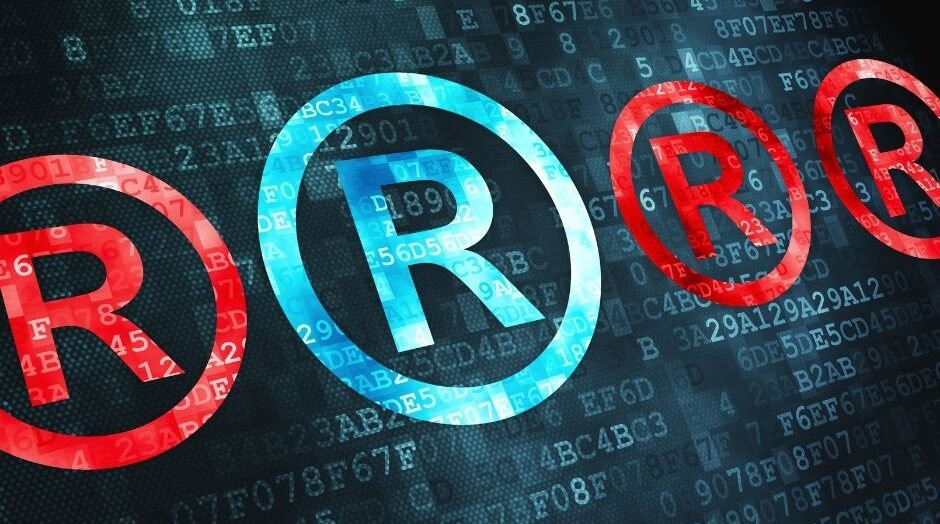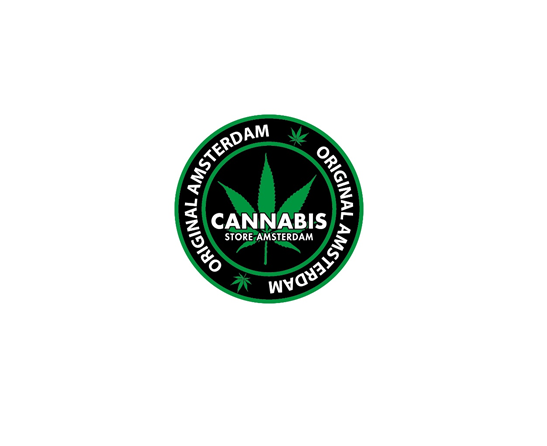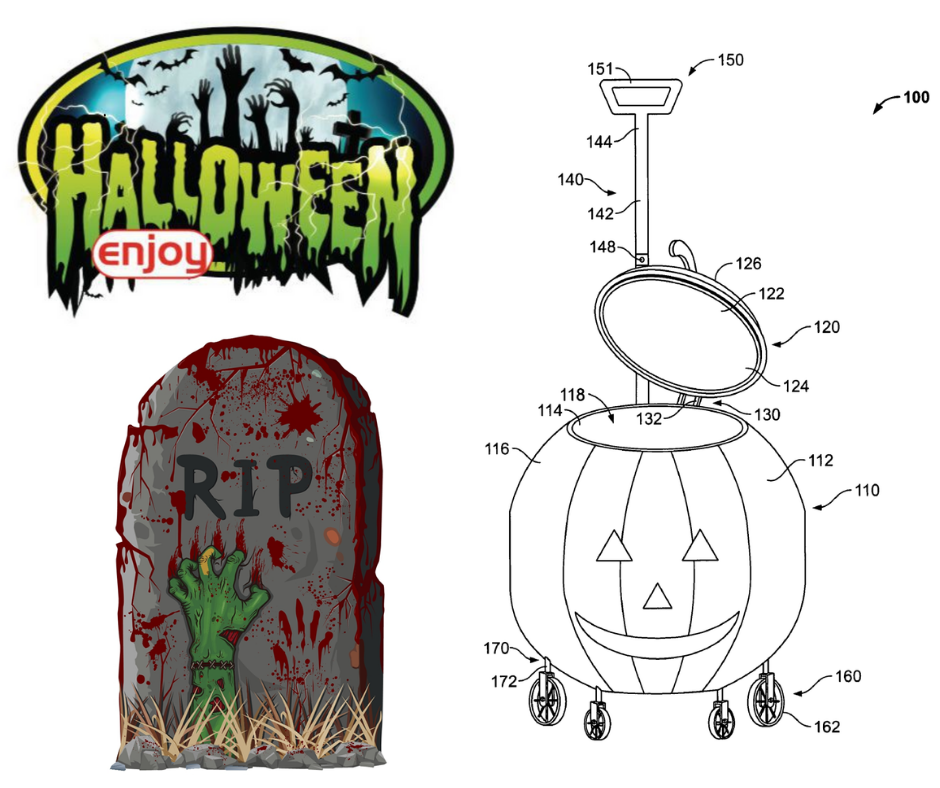The First Board of Appeal of the European Union Intellectual Property Office (EUIPO) presented its standpoint on the use of a trademark in different form than registered and the proofs of such use.
In a decision of 18 May 2020 issued in appeal proceedings, concerning declaration of partial revocation of the trademark  EUTM 10481596, registered for goods in class 30, including mainly chocolate, flour and milk confectionery, EUIPO stated among others that genuine use of a trademark shall be deemed to have taken place if the mark is used in compliance with its basic function – namely it guarantees the distinction of identity of the origin of goods or services designated therewith.
EUTM 10481596, registered for goods in class 30, including mainly chocolate, flour and milk confectionery, EUIPO stated among others that genuine use of a trademark shall be deemed to have taken place if the mark is used in compliance with its basic function – namely it guarantees the distinction of identity of the origin of goods or services designated therewith.
In the first part of this article, the following were considered: genuine trademark use, time period and territory of use of the mark. Today, in the second part, we will present the extent and nature of use of the mark, as well as an overall assessment of proofs in this case.
Extent of use
Upon assessing the extent of use of a trademark, it is particularly essential to take into consideration a number of factors, such as the commercial volume of use, the length of the period of time when the mark was used, and the frequency of using the mark. For example, the fact that the commercial volume obtained as a result of using the mark was not high, may be balanced by the use on a large scale, or by a very regular use, and vice versa. Consequently, even minimal use may be sufficient to consider it genuine, on condition that the use on such minimal scale is regarded as justified in the relevant sector of the market.
According to the EUIPO’s decision, the goods designated with the trademark  were brought to the relevant territory and offered to end consumers, the designation was used in public, and it was widely displayed in order to make its appearance on the market in Bulgaria and Germany.
were brought to the relevant territory and offered to end consumers, the designation was used in public, and it was widely displayed in order to make its appearance on the market in Bulgaria and Germany.
The use of goods designated with the questioned Trademark was continuous and dispersed geographically over the territory of Bulgaria and Germany. It is true that the proofs refer partially to the Cyrillic transliteration of the mark – “KOPOBKA”. However, the owner of the mark also provided sufficient documents demonstrating it in the registered form, or as the word designation “KOROVKA”. It is not a common practice to present the figurative elements of marks on commercial documents, such as the listings of goods on invoices. The Office also indicated that the proofs of use should be assessed as a whole.
Upon making the assessment of the extent of trademark use, it should be noted that a trademark owner is not expected to present every issued invoice in order to prove genuine use of one’s mark. The examples of invoices presented in the discussed case are proportionally spread over the relevant period of time, and consequently they demonstrate that the use was continuous. The invoices clearly indicate a continuous commercial use of the mark, which was sufficient for the contested goods to maintain the participation in the market. The Office considered that the sales performed by the owner of the trademark  constitute the use, which objectively allows to create or maintain the outlet for the contested goods in relation to the relevant period of time and to keep the consistency of sales. Additionally, a variety of retailers, to whom the invoices were addressed, is sufficient and it is not as low as one might state that the use of the mark was purely symbolic, minimal or fictional just for the sake of maintaining protection.
constitute the use, which objectively allows to create or maintain the outlet for the contested goods in relation to the relevant period of time and to keep the consistency of sales. Additionally, a variety of retailers, to whom the invoices were addressed, is sufficient and it is not as low as one might state that the use of the mark was purely symbolic, minimal or fictional just for the sake of maintaining protection.
Nature of use
According to the current regulations, the use of a trademark in a different form than registered still constitutes trademark use, as far as the differences do not change the distinctive character of the mark. It enables the trademark owner, in the course of commercial exploitation of the mark, to make alterations in the designation, which – without changing its distinctive character – allow better adaptation of the designation to the marketing and promotional needs in the scope of the relevant goods or services. Consequently, it has to be assumed that the requirement of genuine use of a registered trademark is fulfilled by presenting a proof of using the mark in the form as it is used in commercial transactions. What is more, it is possible to use simultaneously in trade a few variations of a registered designation without changing the distinctive character of the registered mark.
In view of above, the Office assessed in the discussed case whether there exist differences between the registered form of the mark and the forms currently used by the owner that might have impact upon changing the distinctive character of the registered mark.
The Office determined that the questioned trademark was registered in the following form:  . The mark is complex and it consists of the inscription „KOROVKA” and a stylized image of a brown-white cow chewing a flower in the mouth, which is standing on a green meadow and is surrounded by four white flowers of different size placed on both sides of the cow and resembling a daisy. The word element “KOROVKA” is reproduced in fanciful fonts in the white color with orange spots, with a dark brown and orange contour. The word element “KOROVKA” and the graphic element representing a cow are the most visible elements of the mark. The graphic element representing a cow on its own is, according to the Office, weak in relation to the goods, the main ingredient of which may be milk.
. The mark is complex and it consists of the inscription „KOROVKA” and a stylized image of a brown-white cow chewing a flower in the mouth, which is standing on a green meadow and is surrounded by four white flowers of different size placed on both sides of the cow and resembling a daisy. The word element “KOROVKA” is reproduced in fanciful fonts in the white color with orange spots, with a dark brown and orange contour. The word element “KOROVKA” and the graphic element representing a cow are the most visible elements of the mark. The graphic element representing a cow on its own is, according to the Office, weak in relation to the goods, the main ingredient of which may be milk.
A part of the presented proofs refers to the designations „KOPOBKA” or “KOROVKA”. EUIPO considered that for Bulgarian consumers the word “KOPOBKA” written in the Cyrillic alphabet is phonetically identical with the Latin transliteration “KOROVKA”. Consequently, the use of a transliteration, whether Cyrillic or Latin, does not change the distinctive character of the subject designation being perceived by an average Bulgarian consumer.
The Office argued that Russian is a language spoken or understood by a large number of EU citizens, especially in view of the fact that Russia is one of the most important business partners of the European Union, and Russian is widely used in business circles. Consequently, Russian is used and understood by a large number of professionally active individuals, and thus a predominant part of the relevant consumers will understand such basic word as “KOPOBKA”, interpreting it as “a little cow”.
In addition, the presented proofs indicate that the questioned goods are a Russian specialty, which is mainly targeted to Russian community living in Germany. For this reason, the proprietor needed to adapt the trademark to the requirements of the target consumers. The trademark  , which can be seen in the majority of the presented proofs of use, is in the form as registered. What is also essential, the goods designated with the mark are ordinary consumer goods that are commonly offered in supermarkets or smaller stores, where they are placed on the shelves in such manner that the consumers can be attracted by the visual perception of the trademark which they are looking for. In some proofs, the word element “KOROVKA” is used in the Cyrillic transliteration “KOPOBKA”. However the difference between “KOROVKA” and “KOPOBKA” is only in respect of two letters in the middle. The third letter “R” is replaced with the letter “P”, while the shape of both letters is similar. The sixth letter “V” is substituted with the Cyrillic “B”. Consequently, five out of seven letters are not only identical, but they are also in the same order. Moreover, the proofs containing the Cyrillic transliteration of the mark are accompanied with the same visible graphic elements as those in the registered form of the mark, which – considering the nature of goods – play an important role in perceiving the mark.
, which can be seen in the majority of the presented proofs of use, is in the form as registered. What is also essential, the goods designated with the mark are ordinary consumer goods that are commonly offered in supermarkets or smaller stores, where they are placed on the shelves in such manner that the consumers can be attracted by the visual perception of the trademark which they are looking for. In some proofs, the word element “KOROVKA” is used in the Cyrillic transliteration “KOPOBKA”. However the difference between “KOROVKA” and “KOPOBKA” is only in respect of two letters in the middle. The third letter “R” is replaced with the letter “P”, while the shape of both letters is similar. The sixth letter “V” is substituted with the Cyrillic “B”. Consequently, five out of seven letters are not only identical, but they are also in the same order. Moreover, the proofs containing the Cyrillic transliteration of the mark are accompanied with the same visible graphic elements as those in the registered form of the mark, which – considering the nature of goods – play an important role in perceiving the mark.
Overall assesment of proofs
The Office found that the main elements of the trademark  are present in the designations represented in the submitted proofs, and the difference in their structure constitutes a permissible alteration which does not change the distinctive character of the designation as registered.
are present in the designations represented in the submitted proofs, and the difference in their structure constitutes a permissible alteration which does not change the distinctive character of the designation as registered.
After making an overall assessment of all the essential factors, EUIPO stated that the use demonstrated by the owner of the questioned trademark in respect of goods in class 30 is sufficient to maintain or create a participation in the market, which allows to determine genuine use of the trademark  in accordance with the current requirements.
in accordance with the current requirements.
In view of above, EUIPO rejected the appeal and upheld its decision on dismissal of the request for revocation of the subject mark due to non-use in respect of the contested goods.

Joanna Rafalska is a patent attorney in Trademark and Industrial Design Department at Patpol. She graduated from law at the Catholic University of Lublin, and completed post-graduate studies in intellectual property law at the Jagiellonian University. At Patpol, she supports the work related to obtaining and maintaining protection of trademarks and industrial designs of our clients. Contact with the author













